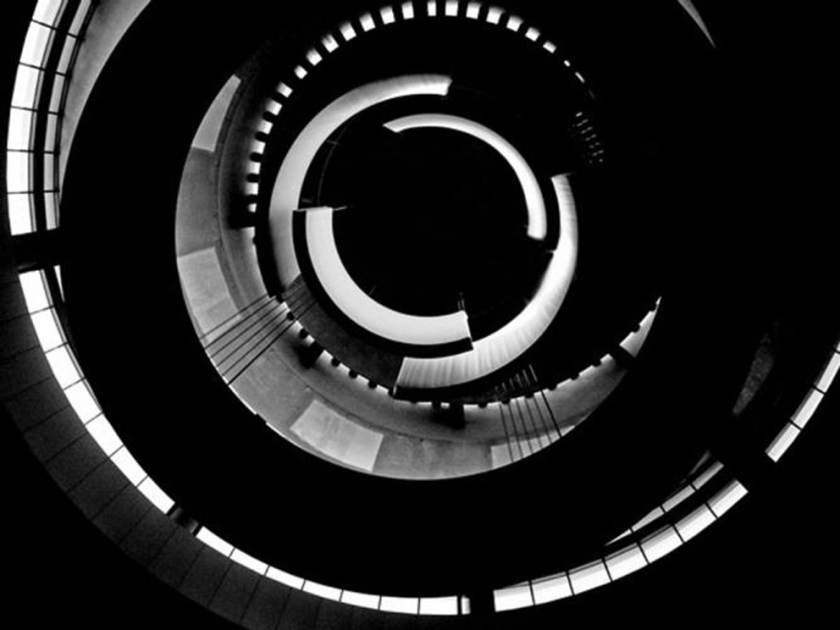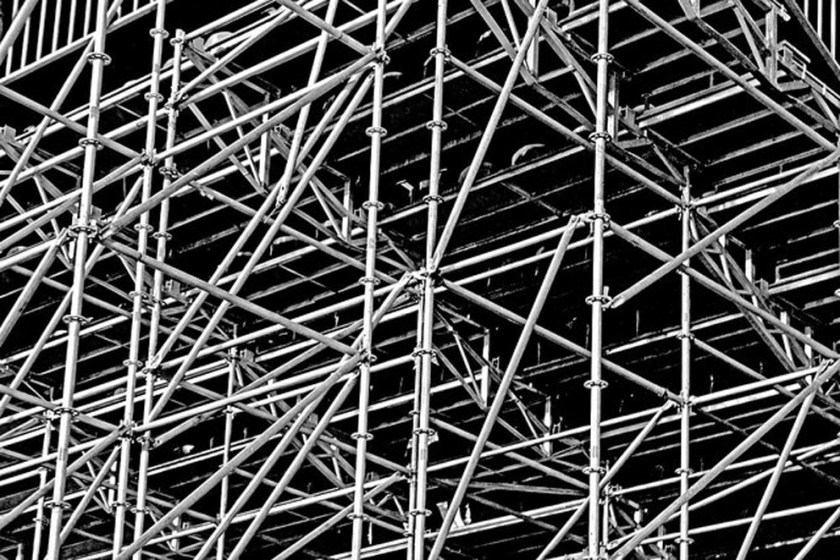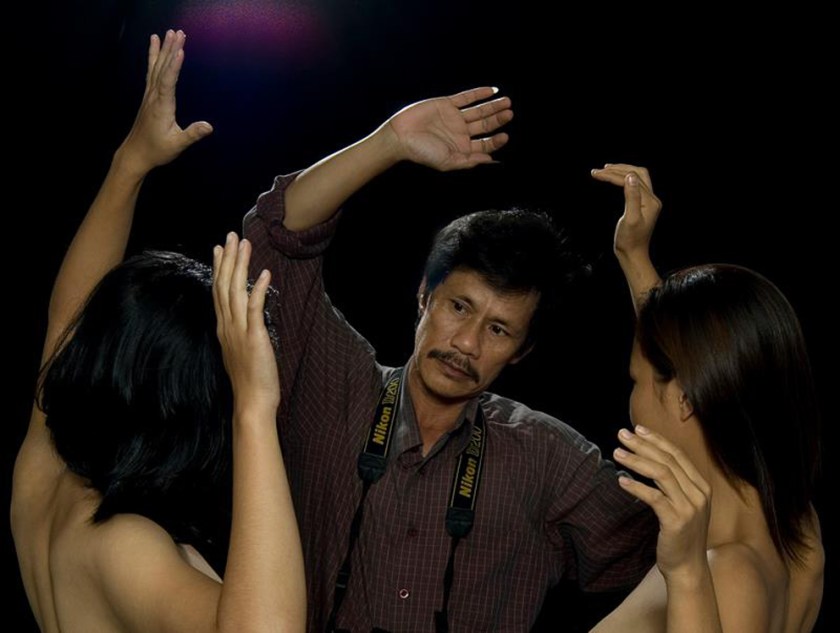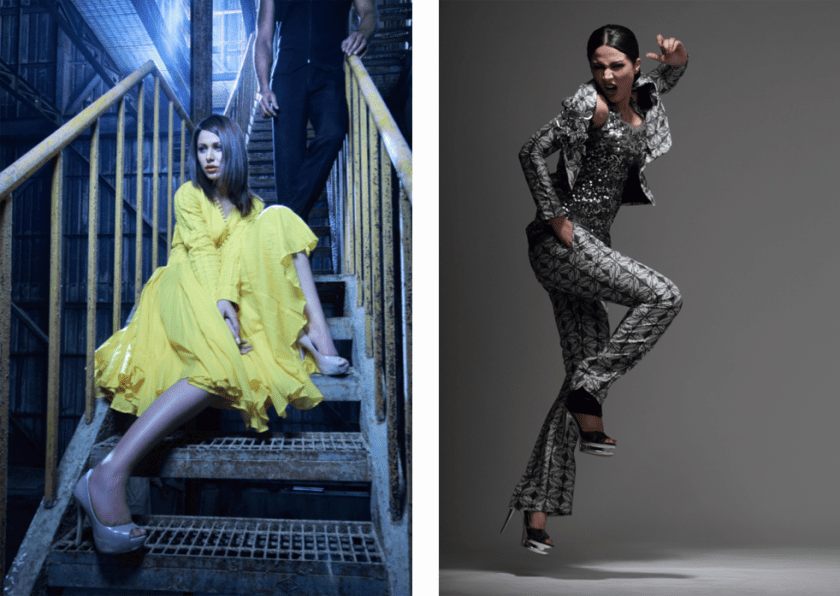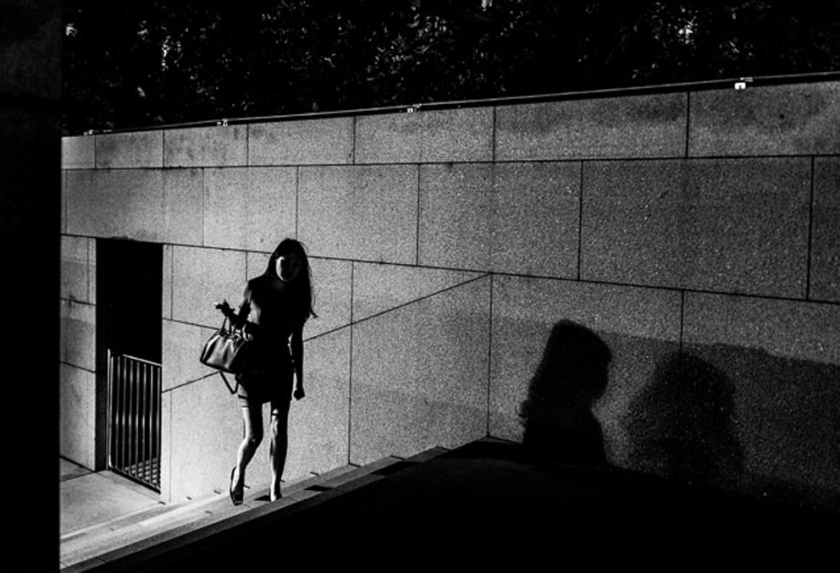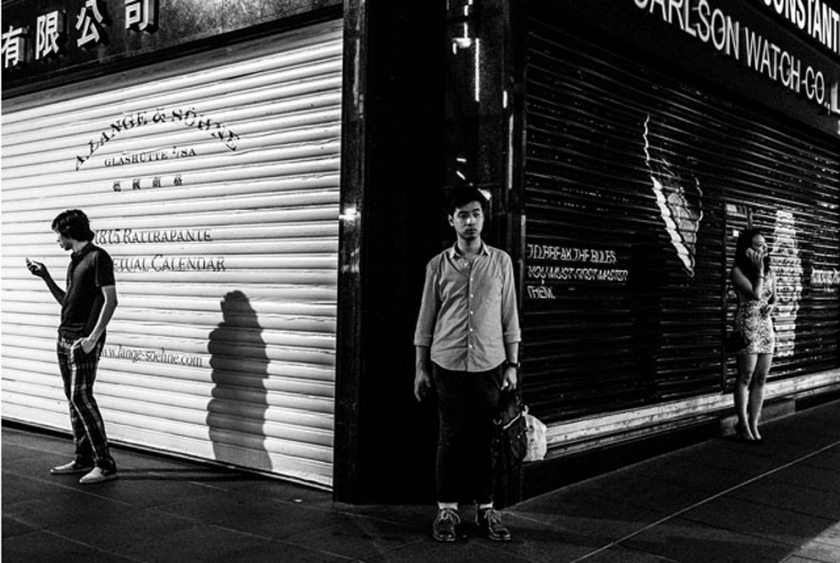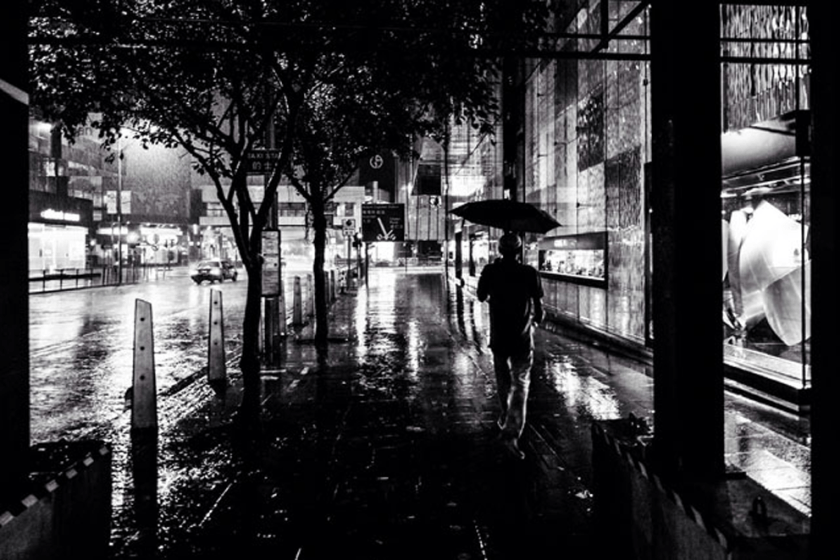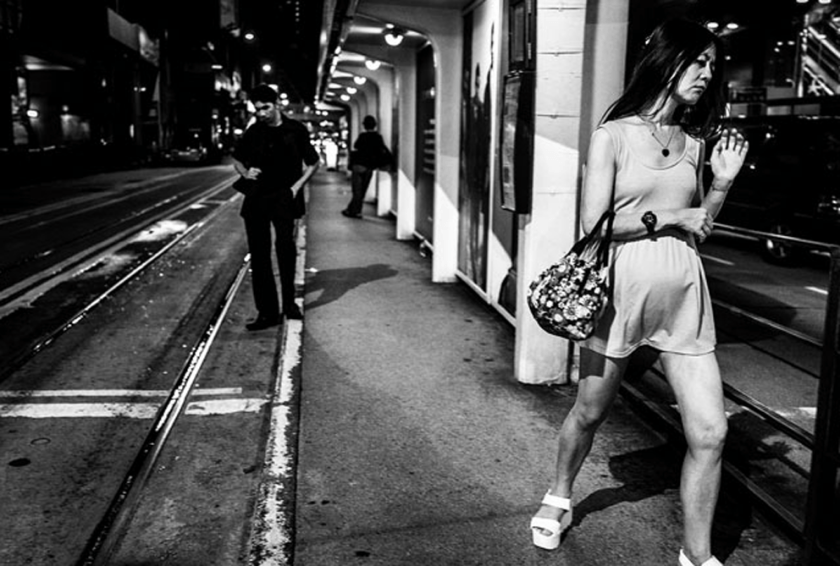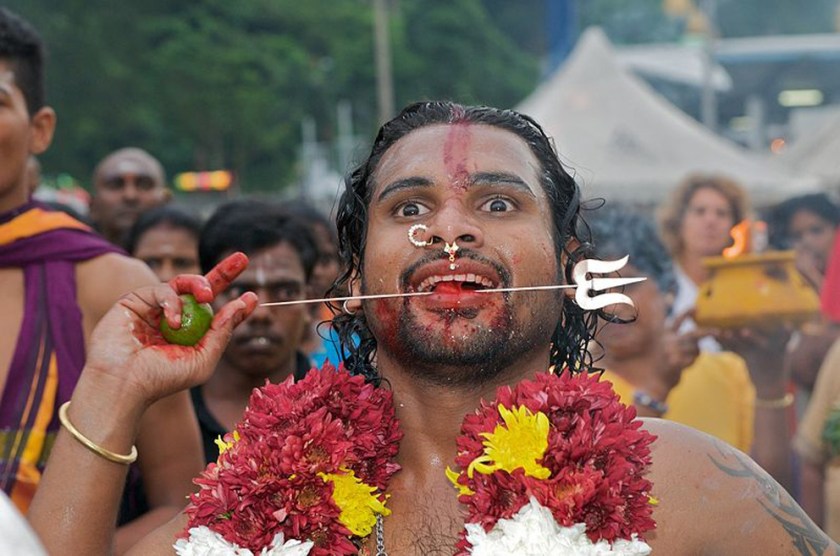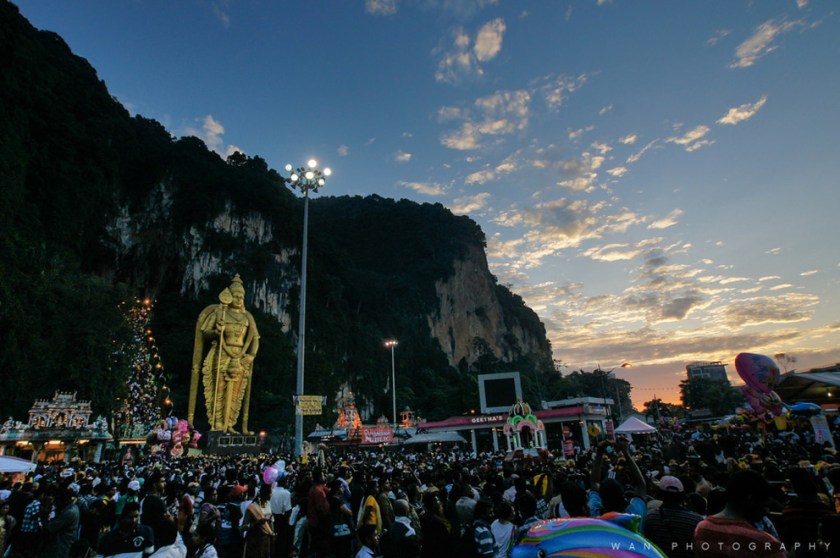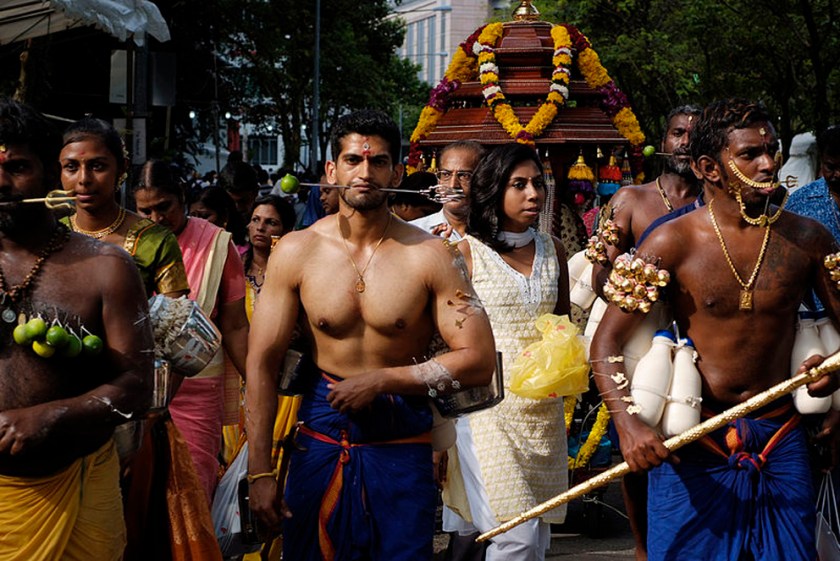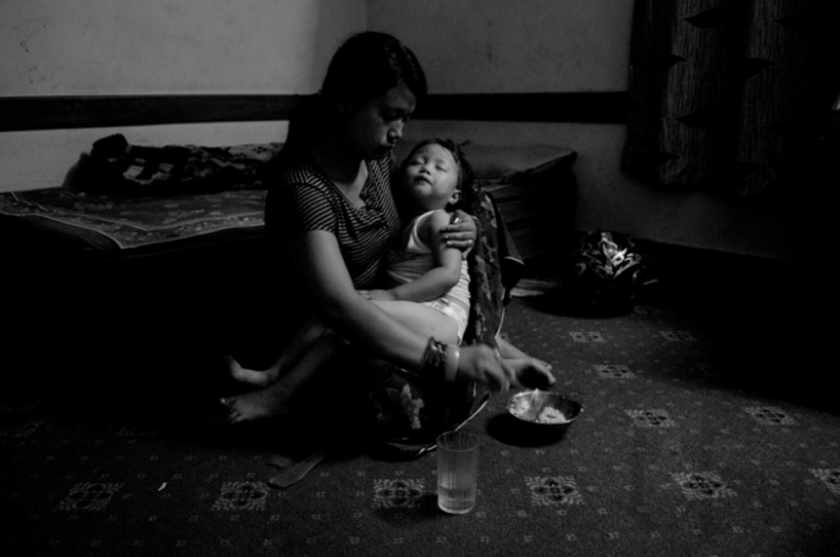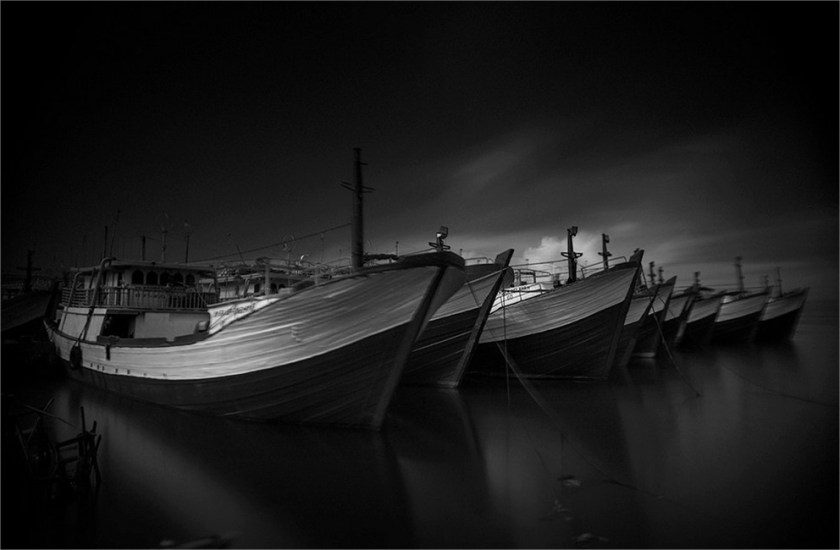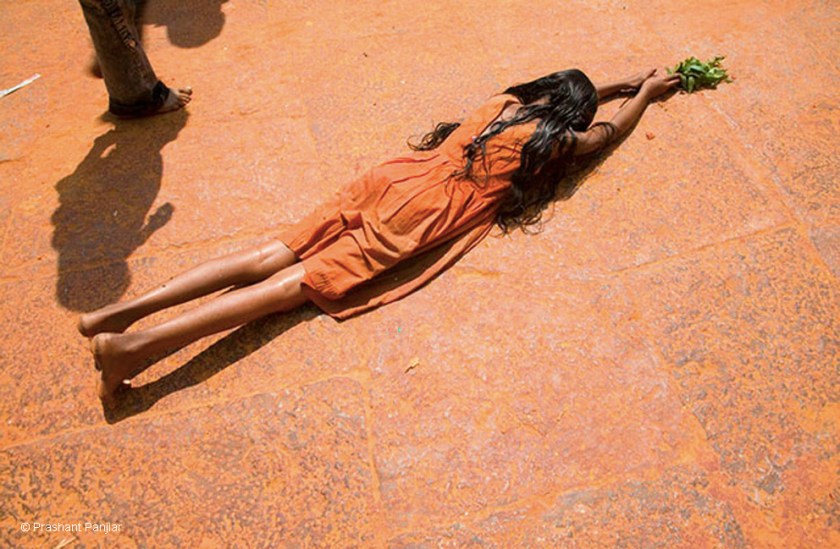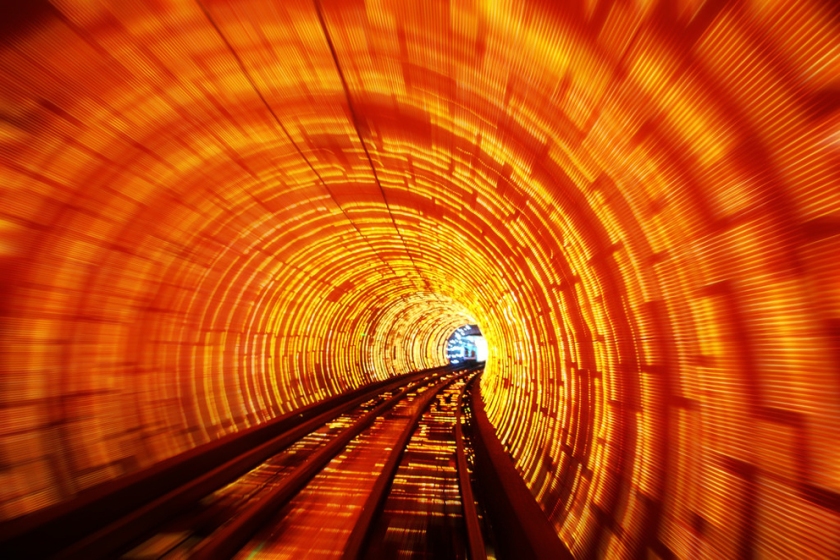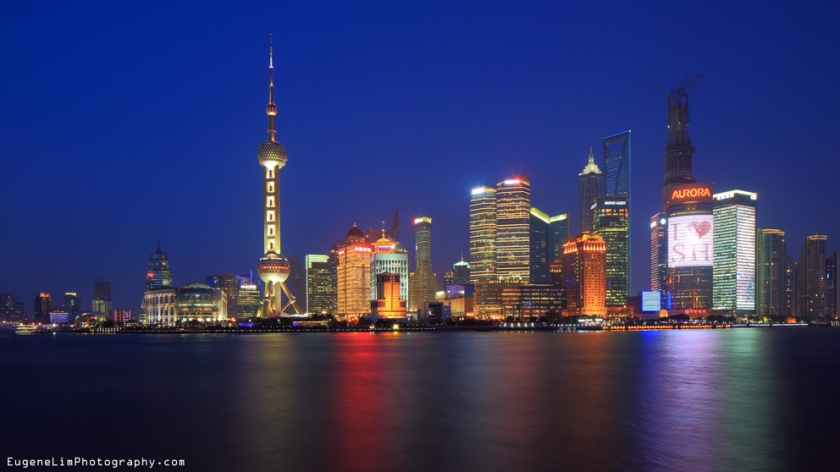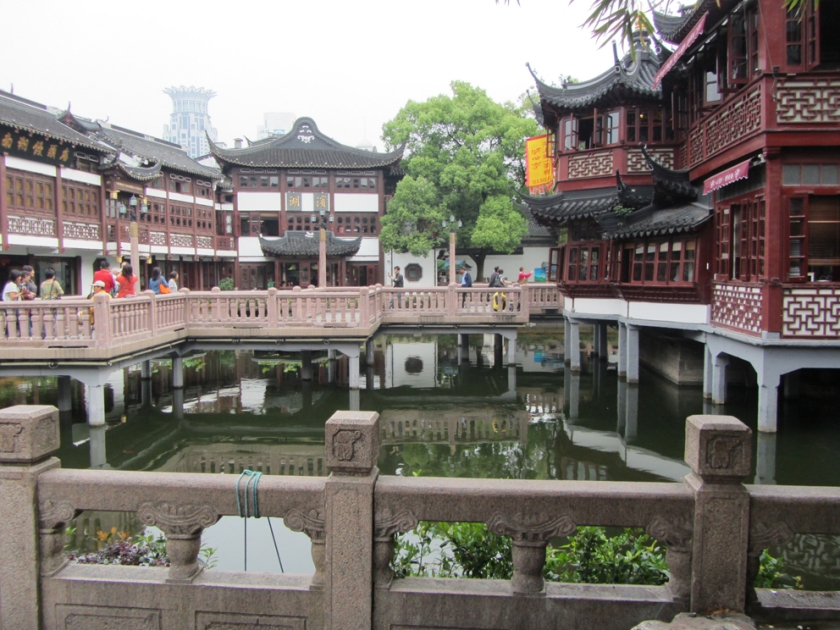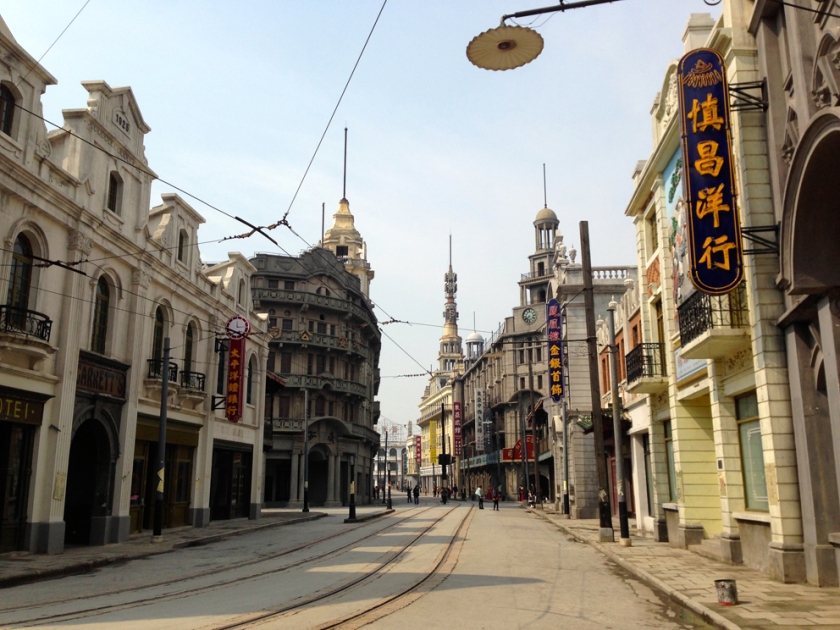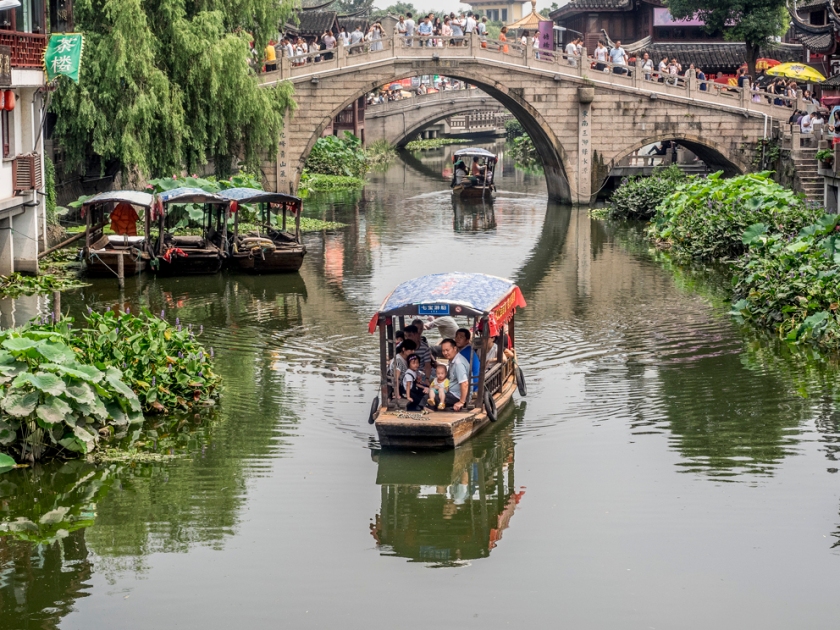
Photo by Hyeong Seok Kim / CC-BY
Seoul offers many photo opportunities. Visitors who don’t have a lot of time will find the following locations close-by, and interesting.

Photo by Richard Moross / CC-BY
Situated in the heart of Seoul, Gyeongbokgung is the largest palace in Korea. Frequently rebuilt, the palace is kept in pristine shape, and its courtyards, pagodas, bridges, walls, gates, and statues will keep any photographer busy. The royal guards at the gate are a particular favorite for photographers.
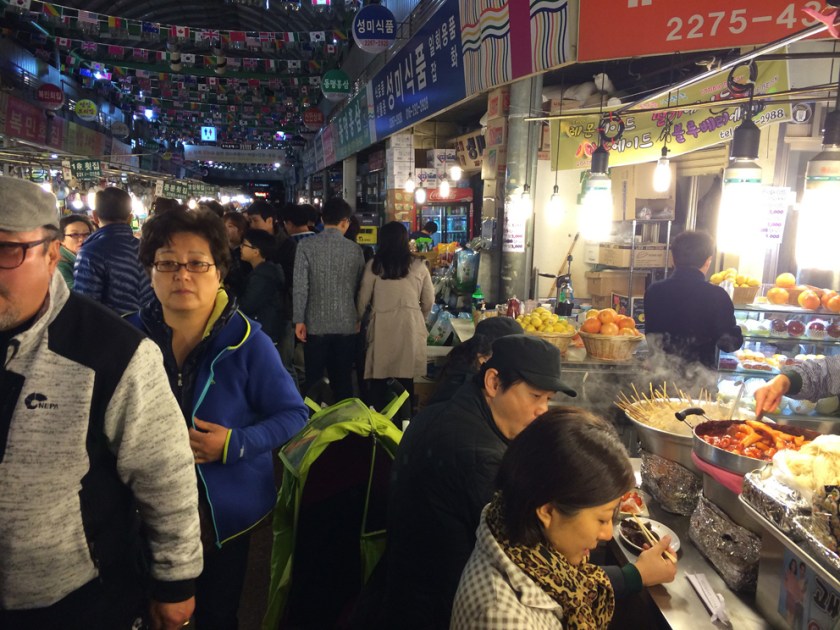
Photo by Kars Alfrink / CC-BY
Gwangjang Market is one of the oldest and largest traditional street markets in Korea, boasting about 65,000 visitors per day. Today, the market’s vendors sell everything from vegetables, fruits, meat and fish to clothing, textiles, kitchen utensils and more. There’s also many food stalls and restaurants. For photos of crowds shopping, bartering, and eating, this is the place to go.

Photo by whyyan / CC-BY
If you’re interested in taking photos of what Seoul must have looked like in the past, head for Bukcheon Hanok Village. This charming neighborhood is a labyrinth of streets lined with traditional Korean ‘Hanok’ houses that are still being lived in.
Cheonggyecheon is a 10km long public recreational space in Seoul. This serene urban renewal site is built on stream that cuts through downtown Seoul. Visit at night and stroll along the stream to get fantastic photos of its bridges, waterfalls and seasonal displays.
Many first-time travellers to Asia, particularly those on business, have asked about easily accessible photo opportunities in the cities they visit. This post is part of an ongoing series, each on a different Asian city, introducing a few photo locations for visitors with limited time.


